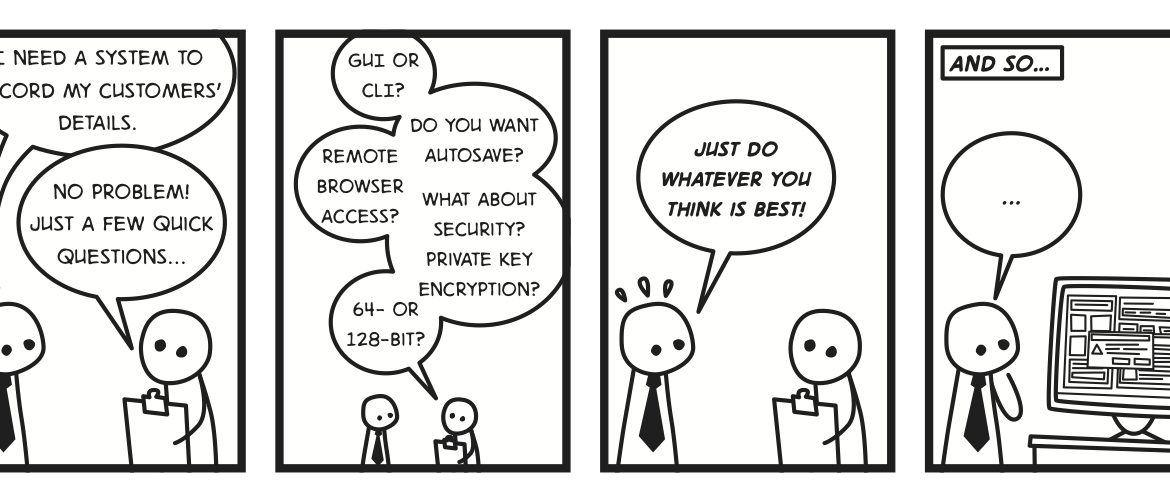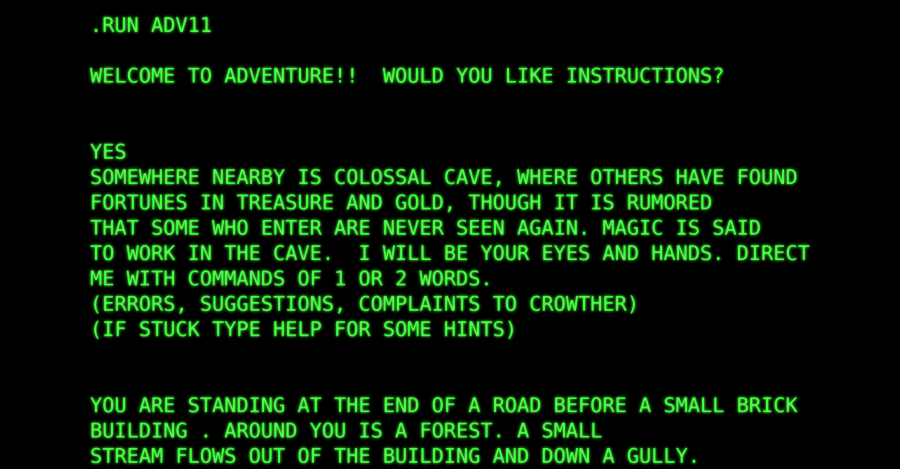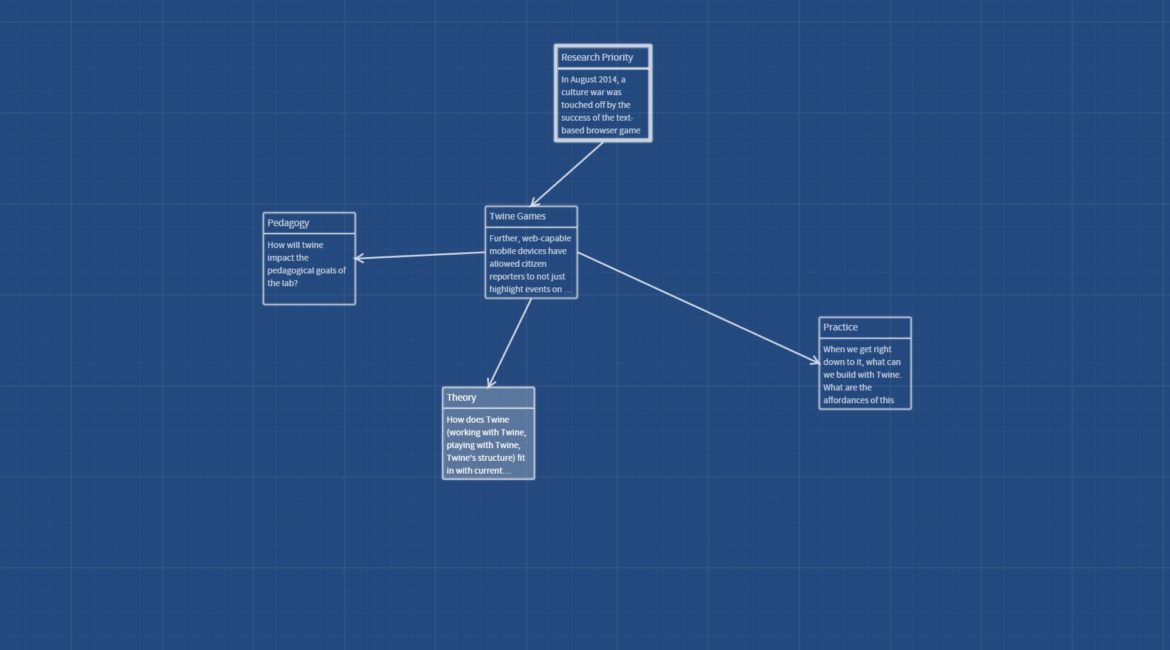By the time I finished writing this blog post, I had come to a realization that wasn't even on my mind at the start: The active function (in as utilitarian a sense as possible) of an object is just as important in creative production as its affective and aesthetic potential....
The Twine Apocalypse
If you're wondering what Twine is, check out my post Twine Games 101. Or, continue on... The 2015 anthology Videogames for Humans solved a problem unique to anthologizing digital games: if every playthrough of a game might be different, how can a collection represent those possible differences? The answer was,...
Why Historicizing Games Matters
You just can't exaggerate the importance of D&D to all of the many storygames that have followed it. It really did revolutionize the way we look at stories and games and the combination of the two in a way totally out of proportion to the number of people who have...
Twine Games 101
In November 2014, the New York Times hailed Twine as "the video-game technology for all." Twine is an open-source tool that's pretty easy to learn: it took me about 20 minutes to make my first simple game with Twine. You don't even have to download the software anymore – you...
Introducing Our Spring 2016 Research Priorities: Twine Games
In August 2014, a culture war was touched off by the success of the text-based browser game Depression Quest, which was built with an open-source text-based tool called Twine. Depression Quest, like many Twine games, contests the highly policed definition of a “videogame”; indeed, Twine has empowered a cohort of...
Introducing Our Research Areas: Games
Digital games are always laden with values: they make assumptions about players’ bodies and beliefs as well as race, gender, class, sexuality, and ability. Games invite their players to identify with these assumptions in order to succeed. But players can also resist a game’s procedural rhetorics, sometimes learning more from...







